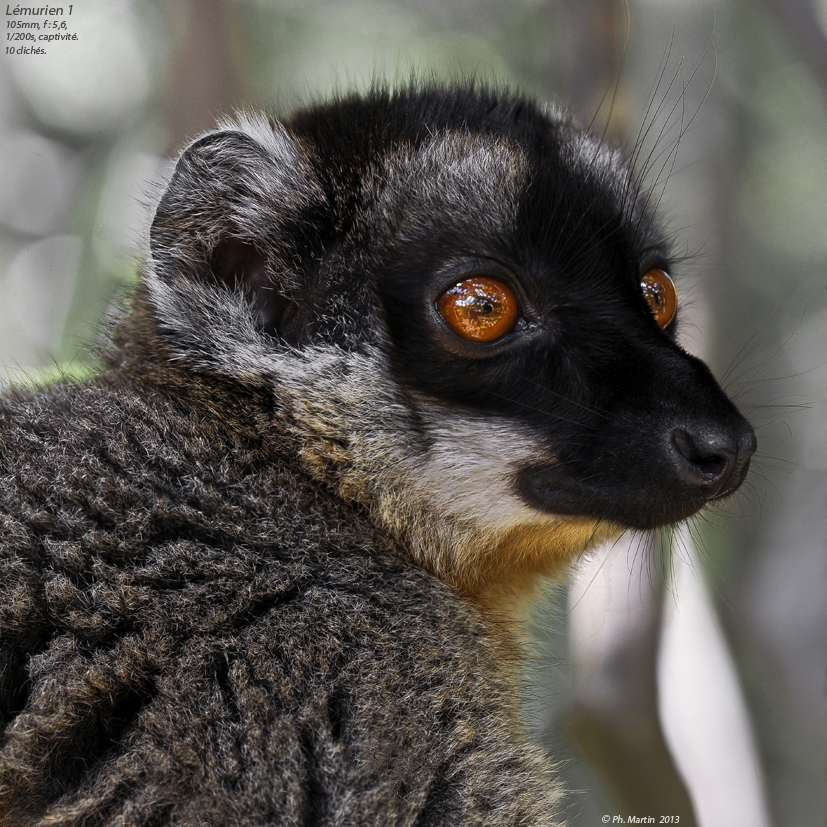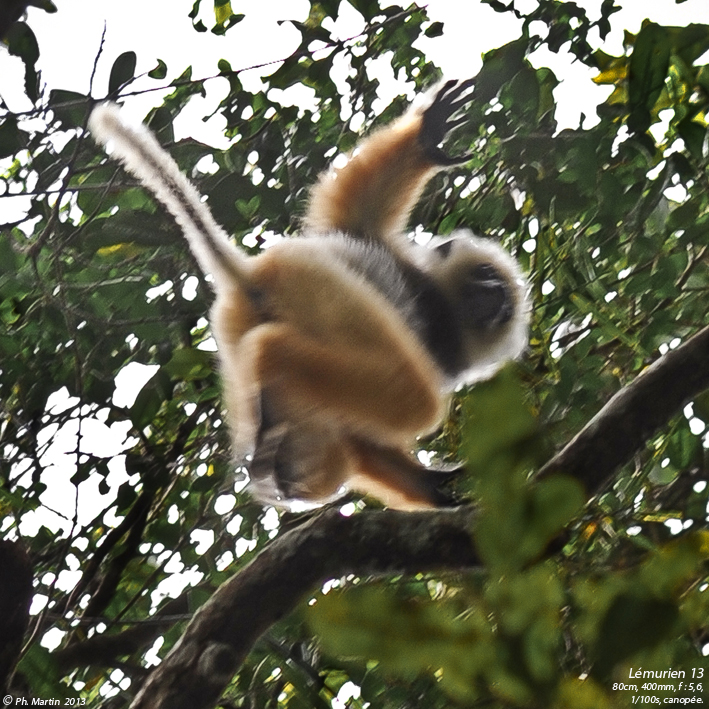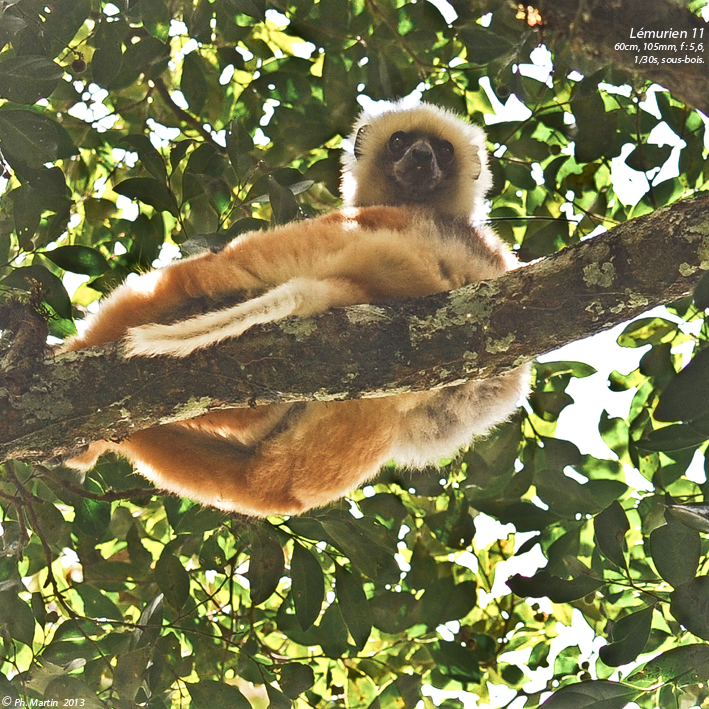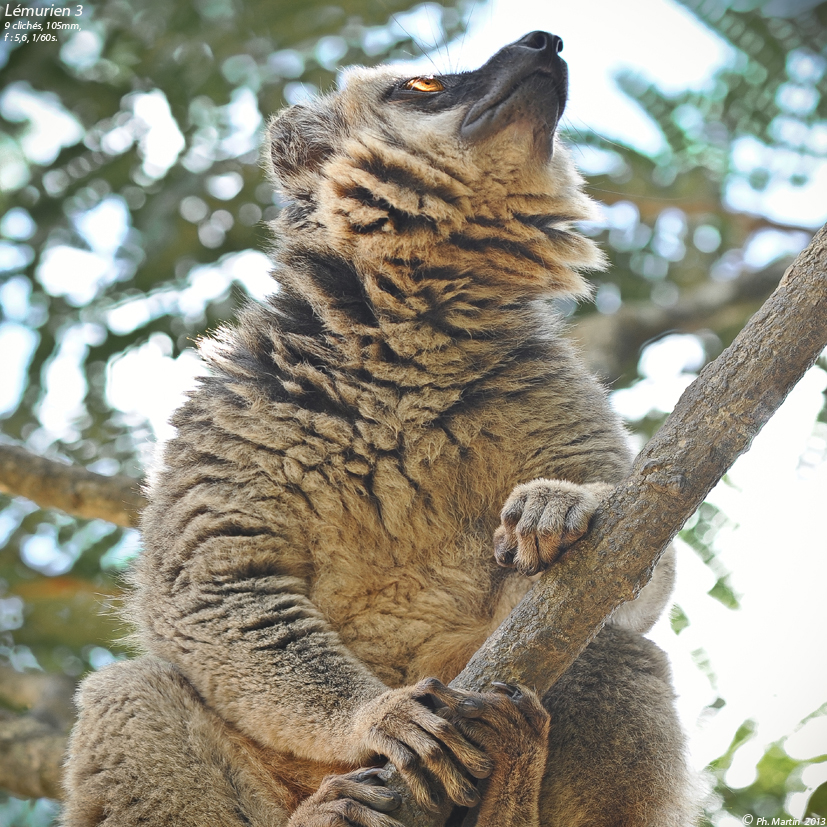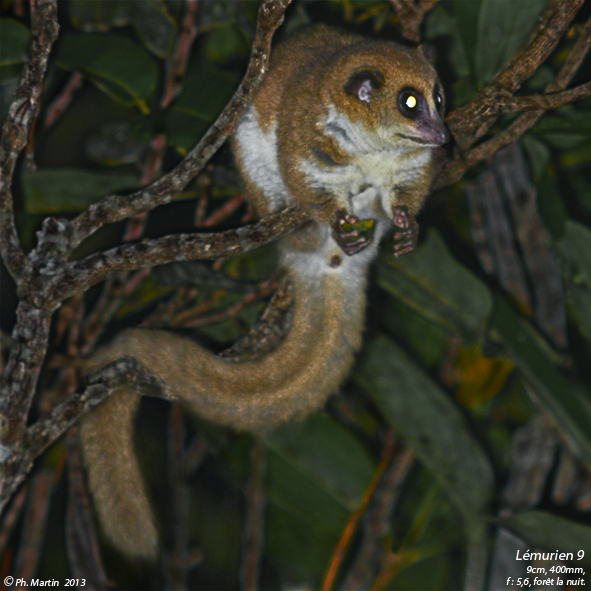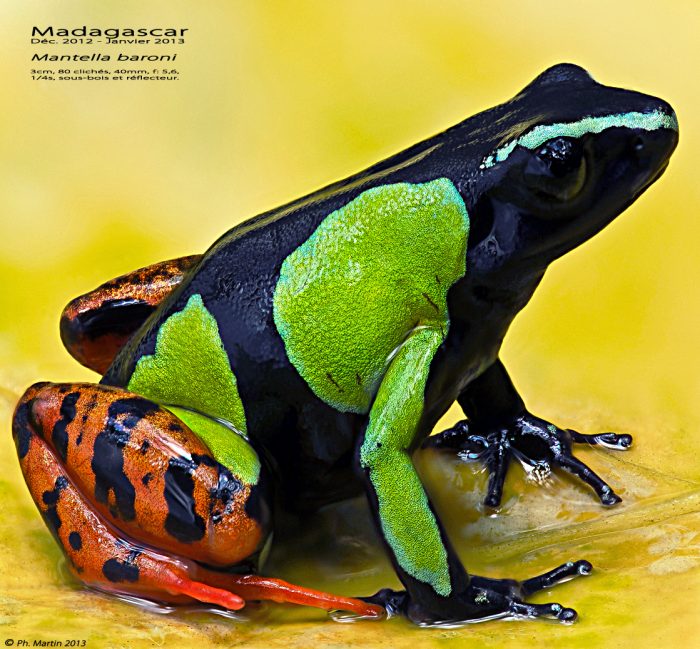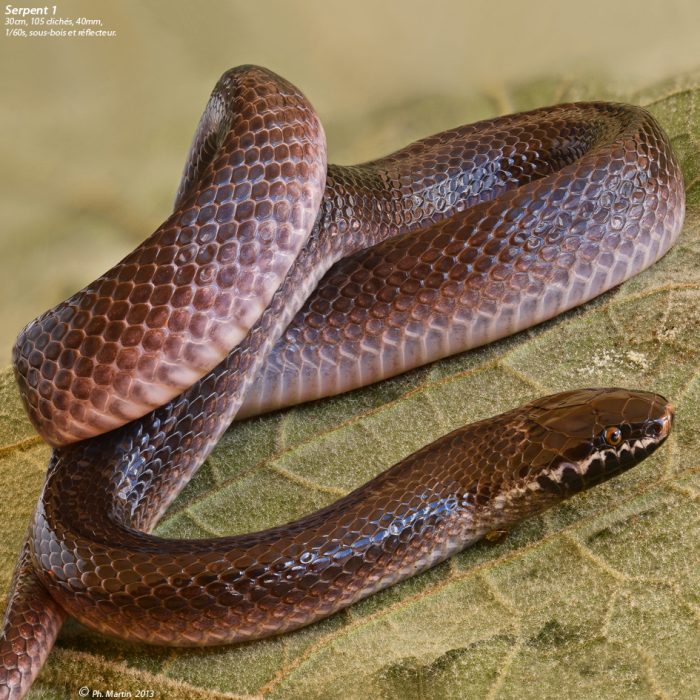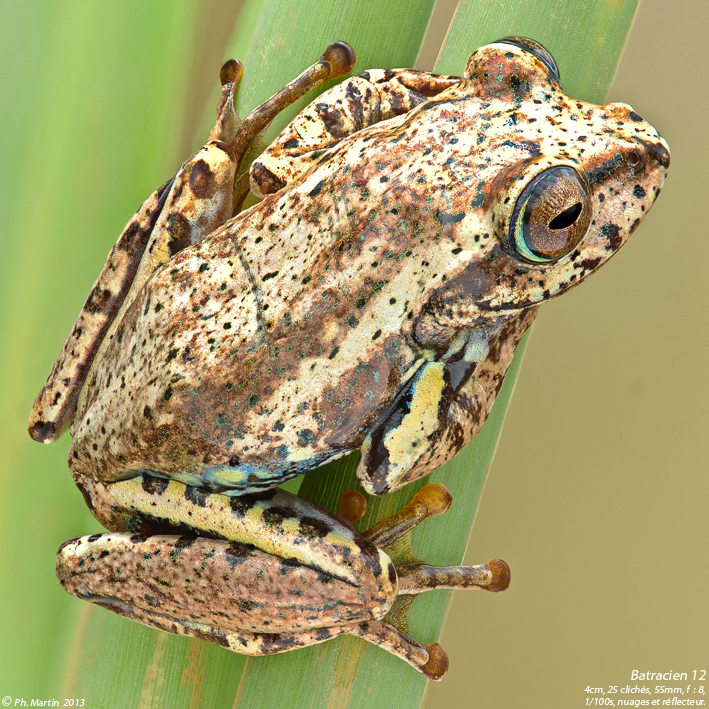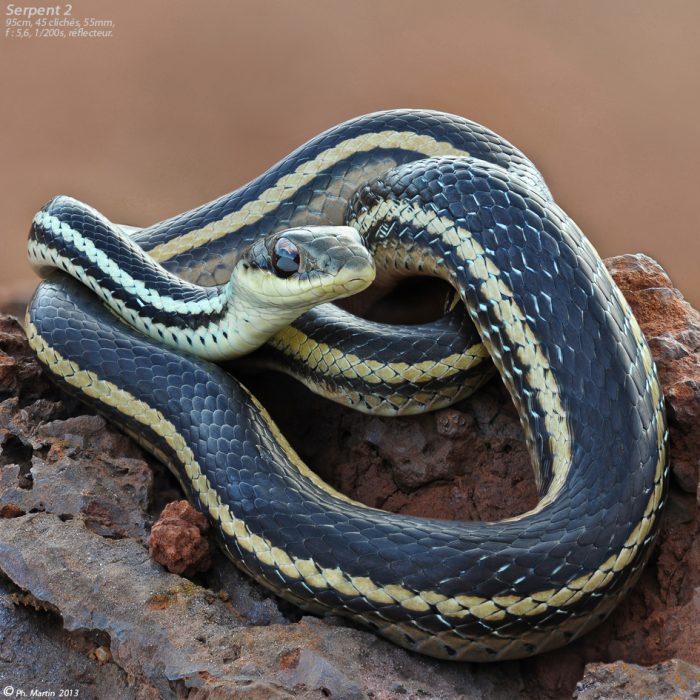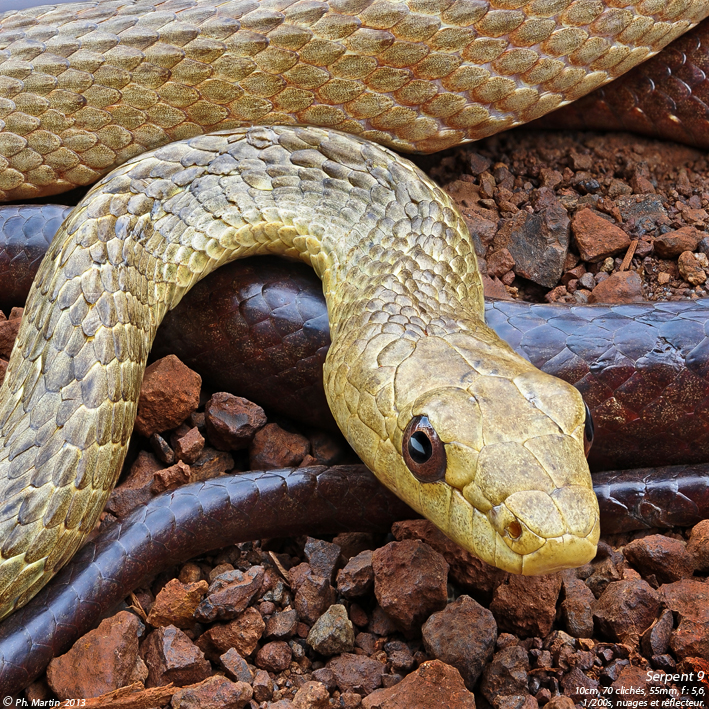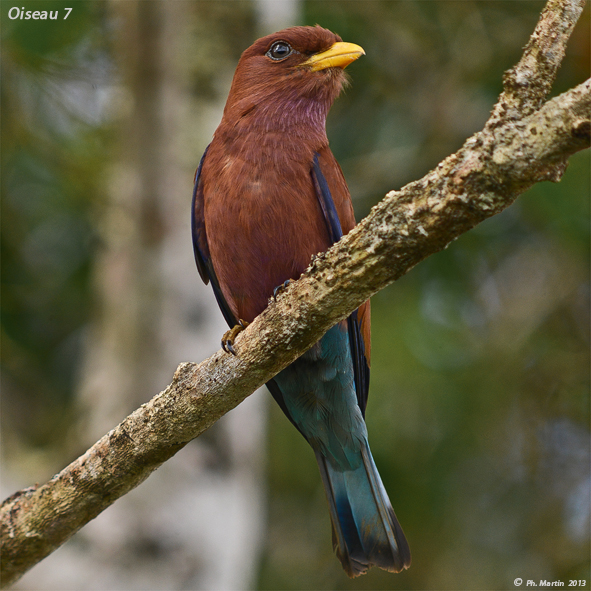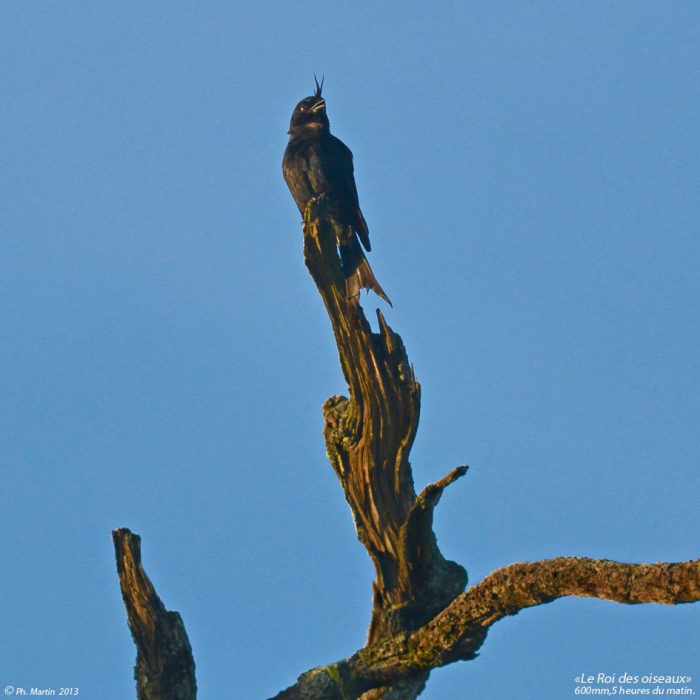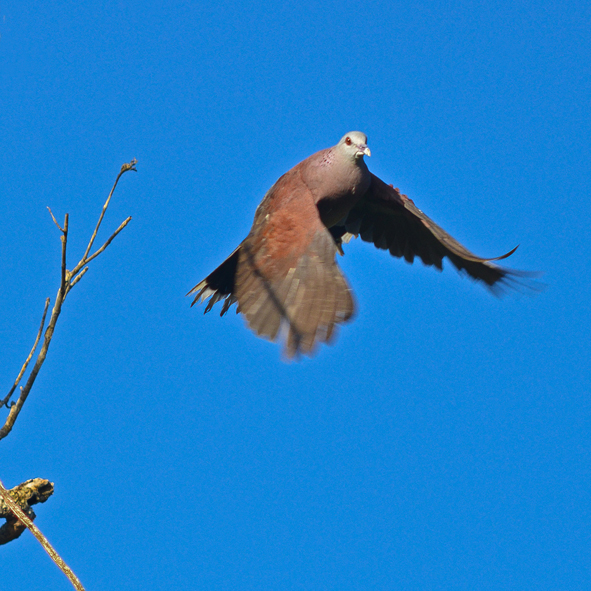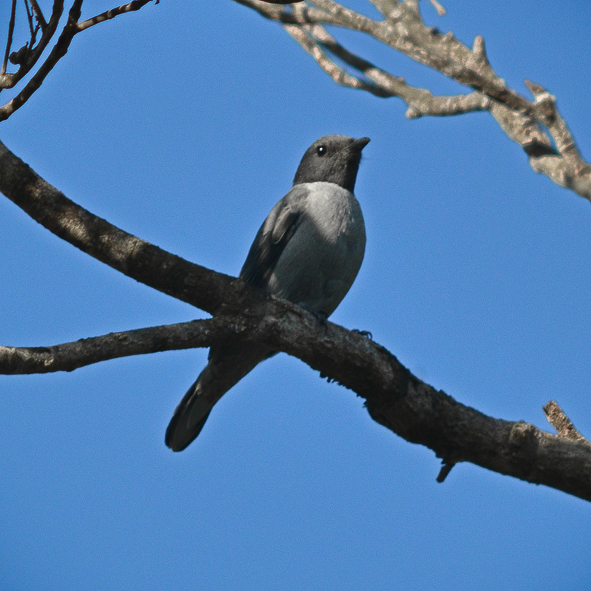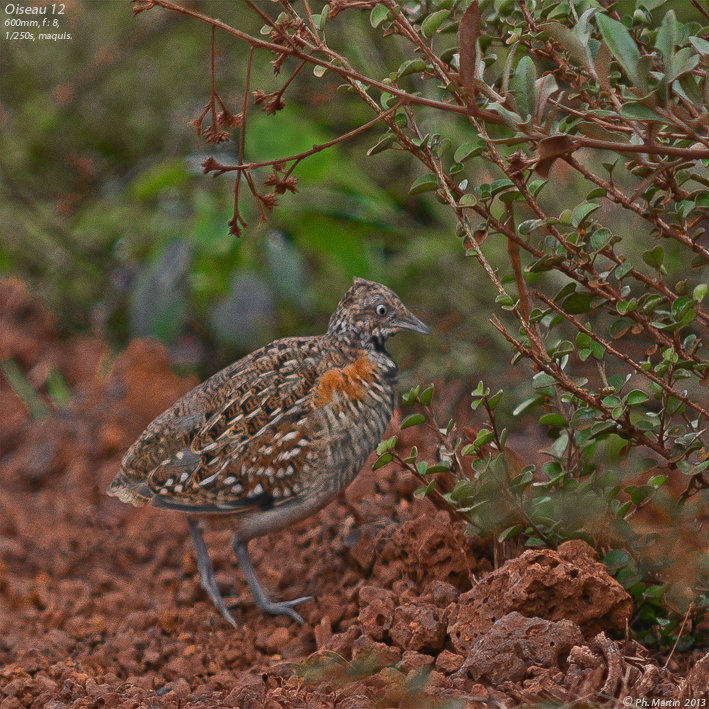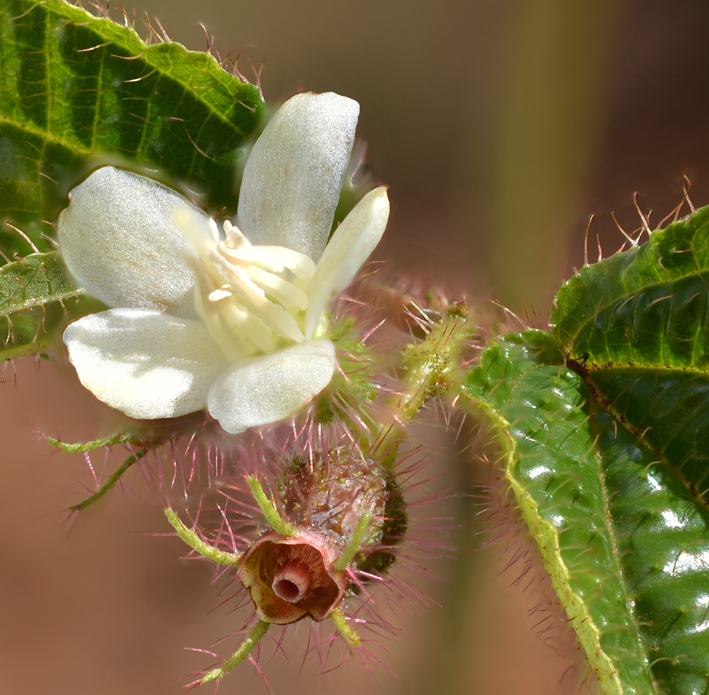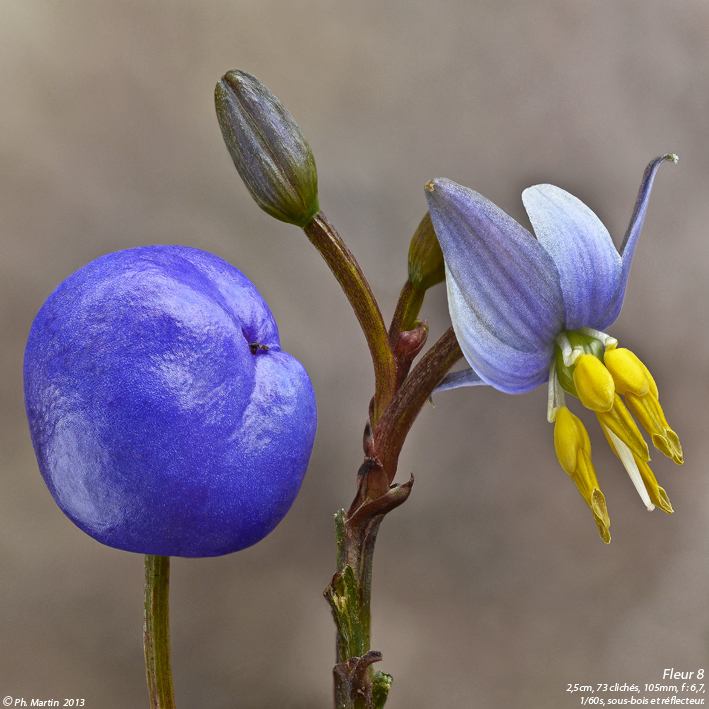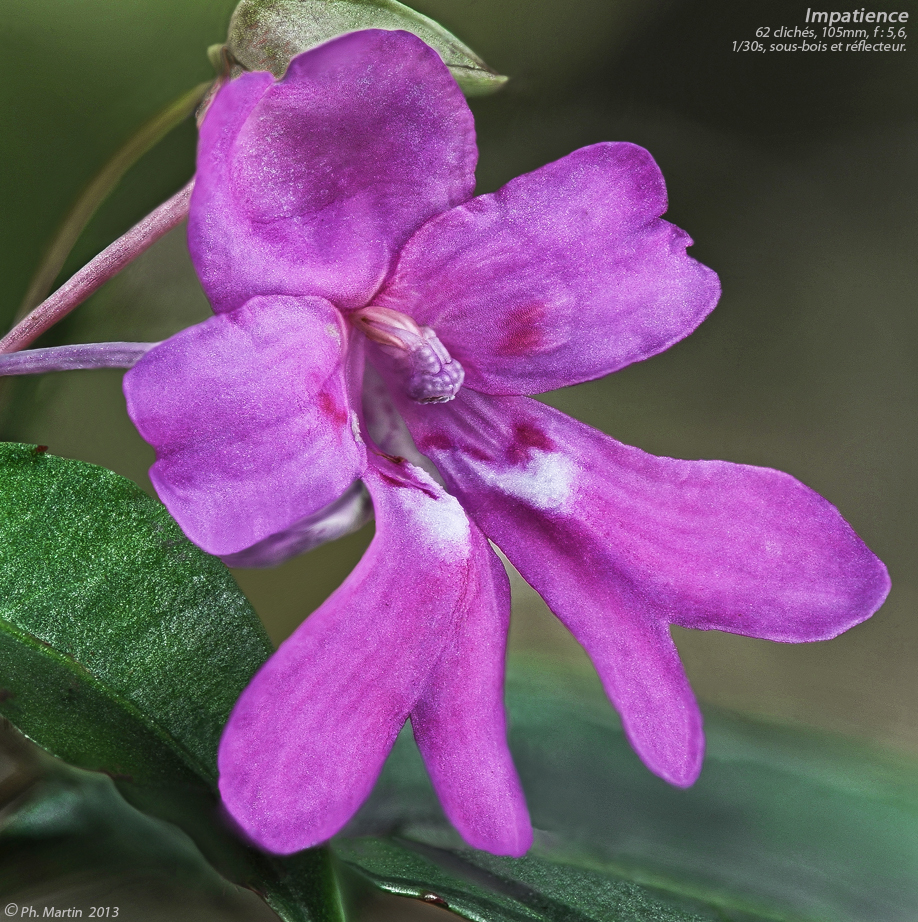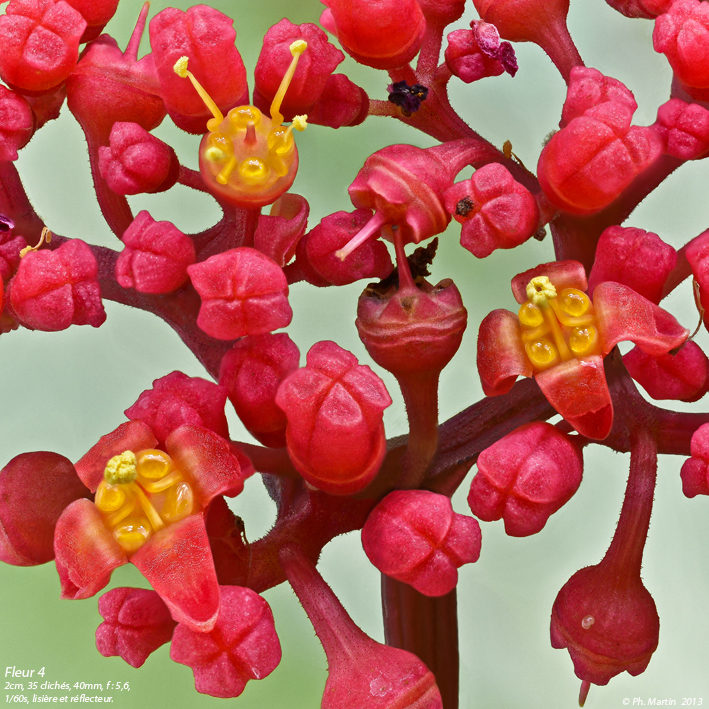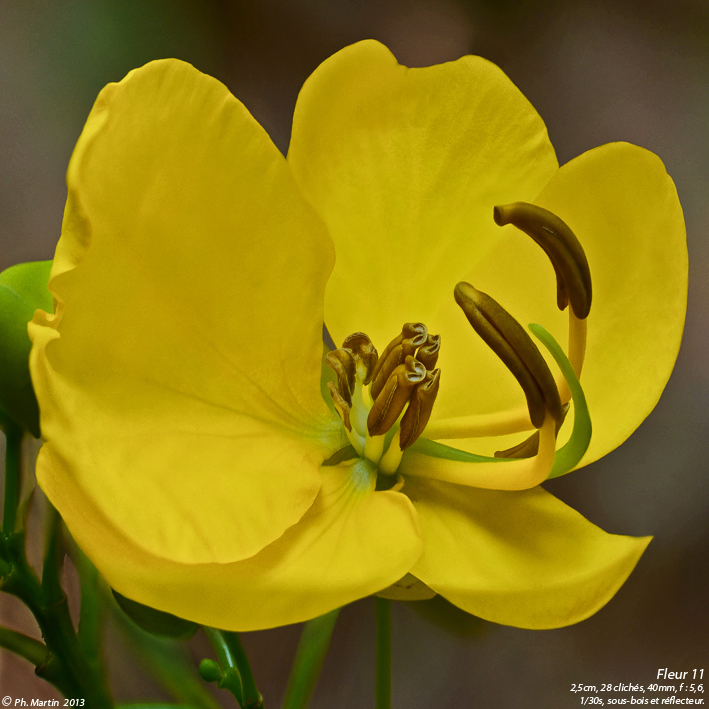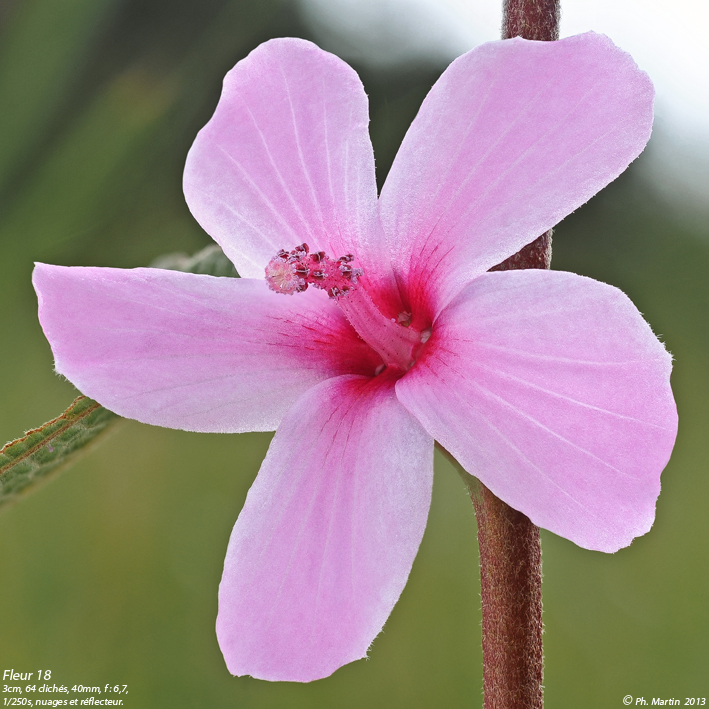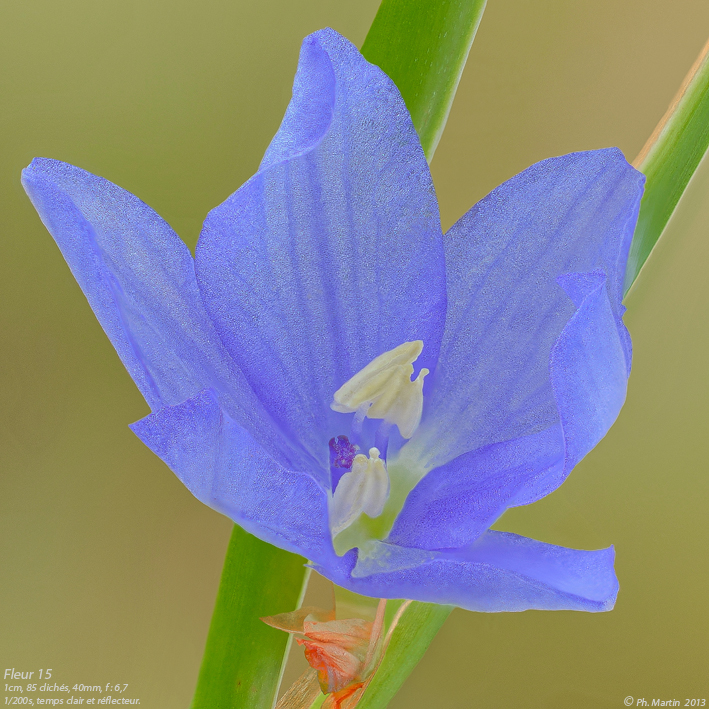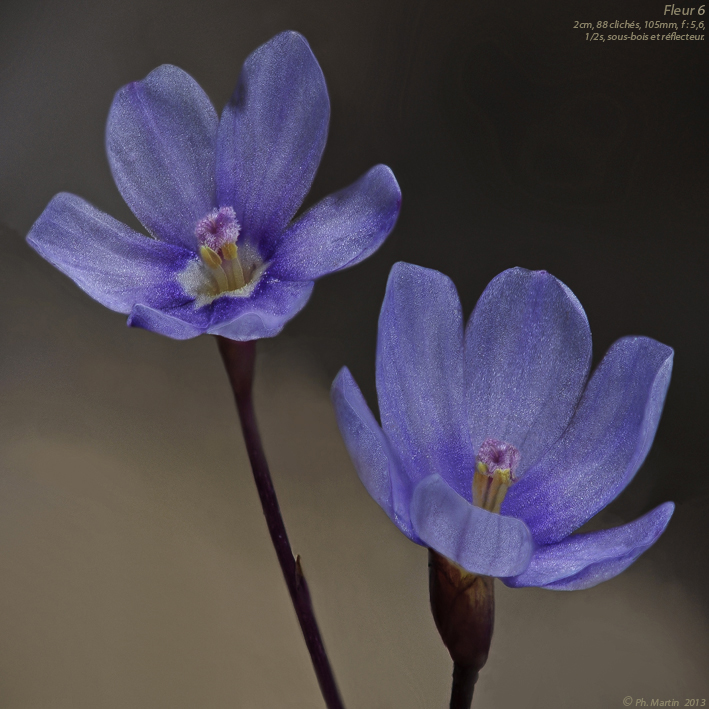Conserving Local Biodiversity
In addition to an extensive biodiversity conservation program, Ambatovy has specific conservation programs for targeted flora and fauna species, including lemurs and critically endangered frogs and fish. These programs are based on an adaptive management approach. Adaptive management is an analytical process that is used to continuously improve and enhance management policies and practices by learning from the outcomes of operational programs. At the foundation of our biodiversity programs is the principle objective of no net loss, and preferably a net gain, in local biodiversity.
Forest Habitat Management
Ambatovy has undertaken the management of large forested areas as biodiversity offsets in line with international best practices. These include forests around the Mine area known as the Mine conservation forests, a large forest offsite area called the Ankerana offset, a large portion of the Torotorofotsy wetlands Ramsar Site, and the Analamay-Mantadia Forest Corridor (CFAM). In total, Ambatovy’s conservation areas amount to more than 14,000 ha.

Our activities to conserve the forest ecosystems in our offset areas also include the aquatic ecosystems. Our interventions for aquatic ecosystems impacted by our activities include rescue of locally endemic fish in streams directly impacted by mining activities followed by translocation to non-impacted conservation areas, the removal of invasive species, taxonomic classification of the relatively unknown local fish species. For the local species, Ambatovy has identified the risks for each and designed mitigation measures, including the creation of fish ponds and habitat conservation as well as restoration.
Recognizing that the sustainable protection of the environment can only be accomplished with the participation of local communities, we work closely with the villages located on the periphery of our conservation zones in educating and sensitizing villagers on the importance of sustainably managing forest assets. We help decrease their reliance through establishing income generating activities, like aquaculture, spice cultivation, and animal husbandry. While Ambatovy is managing the conservation and rehabilitation of our offset areas, to encourage community ownership of their environment, community based associations (COBAs) are active in protecting and regulating neighboring conservation zones as well.
Lemur Management
The goal of the lemur management program is to maintain lemur population viability in the Mine conservation forests. Technicians, using radio-tracking methodology, continuously monitor lemur behavior to determine whether the lemurs are able to migrate out of impacted areas and establish new viable home ranges over time. Monitoring has shown multiple populations established in our conservation forests, with successful breeding noted amongst many of the species.
State-of-the-art biomedical monitoring systems have been implemented to assess trends in animal health. Tree-top lemur bridges were installed over trails and roads cut for mining activities, thereby promoting habitat connectivity and allowing lemurs to move safely between these areas, and satellite images help Ambatovy monitor habitat quality. We are also working with our local communities on income generating activities to reduce the pressure of the communities on the lemur population and its habitat.
Click on the Ambatovy Lemurs Booklet below to learn more on our Lemur Management Program:
Amphibian and Reptile Management
Ambatovy’s areas are home to 92 species of amphibians and 69 species of reptiles.
The goal of our amphibian and reptile program is to ensure the continued viability of populations of amphibian and reptile species affected by our operations. Our main activities include carrying out pre-clearance species inventories and relocating live animals to conservation forest refuge areas.
As an example, Ambatovy has developed a specific conservation program for the Golden Mantella, Mantella aurantiaca (IUCN CR), which aims to ensure the continued viability of populations of this critically endangered frog. Ambatovy has supported regional surveys to identify the distribution of the frog and its critical habitats (in particular, breeding ponds and surrounding forest slopes). Mitigation measures have included the relocation of over 3,000 individuals from the mine area to locations outside the footprint, establishing a captive breeding program, and developing offset approaches. Mantella aurantiaca is a flagship species for Ambatovy’s conservation efforts. The breeding program for the Golden Mantella, the only one of its kind in the world, is showing success, as are similar breeding programs for other flagship species.
Bird Monitoring and Mitigation
118 species of birds, include 4 endangered species, reside in the Ambatovy/Analamay forest complex and the Torotorofotsy wetlands. Ambatovy works with national bird experts to better understand the avian communities within our sites and to enact mitigation measures. This includes population counts and preserving bird nesting sites until chicks have voluntarily left the nest.
Flora Management
Ambatovy’s Flora Management Plan covers three main areas: Species of Concern (SOCs, those locally endemic), Orchid Management, and the Herbarium.
Ambatovy has conducted an extensive botanical inventory in our Mine site area, with the help of the Missouri Botanical Garden, to identify plant species endemic to Madagascar, and oftentimes, endemic to the Mine site alone. There are currently 109 species identified as SOCs and extensive measures for cataloging, salvaging, and reproducing them are conducted for each one in our Herbarium, a large greenhouse facility that is home to native trees, flowers, including orchids, and plants that are used for scientific study and rehabilitation. Five local nurseries, run by communities bordering our conservation areas, also grow plants that we purchase for forest restoration. For our orchids, we have constructed two orchid parks that deal specifically in identifying and reproducing orchids we have salvaged from our Mine area. Through these efforts, 25 species of orchid have been discovered and determined as potentially new to science.




